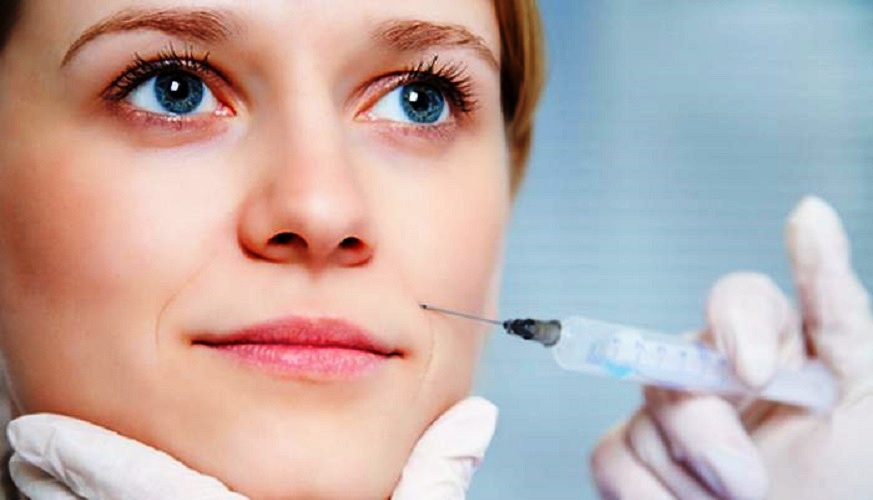
How to Prevent Bruising After Botox
There are very few side effects associated with Botox as a treatment option. However, one of the most common Botox side effects is bruising around the injection site. Around 24 percent of patients in one study experienced minor bruising.
While bruising from Botox fades away within a couple of days, it’s worth being aware of how you can prevent it from occurring in the first place, or speed up the healing process.
Before Your Botox Treatment
A licenced medical professional will likely tell you if there’s anything you need to do to prepare for your Botox treatment. Still, a little proactivity on your part can go a long way. You can prevent bruising by first making sure you are receiving the right injection from the right provider.
Botox and similar neurotoxins tend to produce less bruising than the likes of hyaluronic fillers. This is because they don’t penetrate the skin as deeply.
Once you decide that you would like Botox, it’s crucial to receive it from a qualified provider with credentials. In Australia, only licenced and regulated medical professionals can offer it.
It’s also important to discontinue using a variety of medication and supplements, with your doctor’s blessing, before receiving Botox. Anything that thins the blood or stops your blood from clotting can heighten the risk of bruising.
Therefore, before your appointment, refrain from using anticoagulants, vitamin E, fish oil, green tee, krill or flaxseed oil, St John’s Wort, and NSAIDs like Naproxen, Ibuprofen, and aspirin.
After Your Botox Treatment
If you’re worried about any bruising from Botox being quite obvious, then there are things you can do after your treatment to speed up the healing process. Arnica Montana is a natural remedy that can treat bruising and reduce pain. You can also use Arnica in supplement form a few days before your treatment.
In the two or three days after Botox, it’s also worth limiting excess physical activity. When you increase your blood flow and heart rate, you’re slowing down your capillaries’ chance to heal.
Believe it or not, even pineapple may be of assistance. The enzymes may be able to prevent bruising, so you may like to eat it for two days after your treatment.
Within the first eight hours post-treatment, it’s also a good idea to be mindful of how often you touch your face. Avoid putting pressure on the injection site, and don’t massage the area. By doing so, you may be adding more trauma to the blood vessels.
Finally, make use of a cold compress in the eight hours or so after treatment. Use of a cold compress for five or ten minutes hourly may be able to assist with reduced swelling and bruising.
You may not be able to reduce your chance of bruising by 100 percent, but there are undoubtedly many ways to manage it. Fortunately, the bruising at the injection site usually is minimal and heals fast. Take note of these tips for your next Botox treatment, and ask your doctor if they have any other ideas you can take on board.
